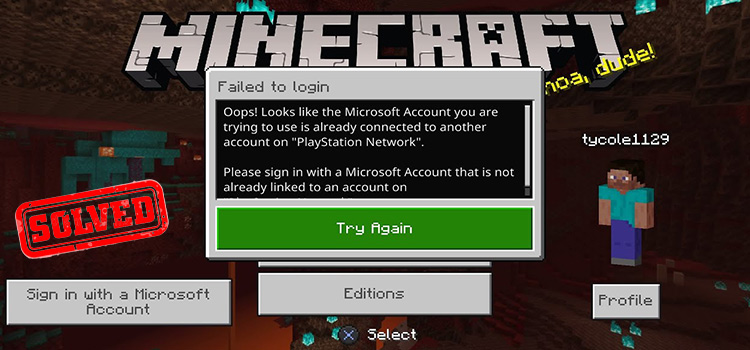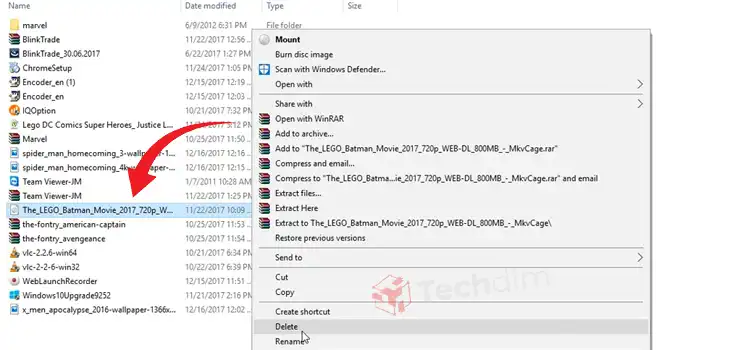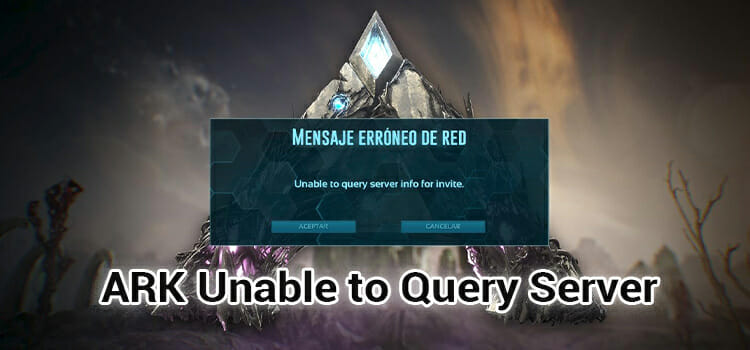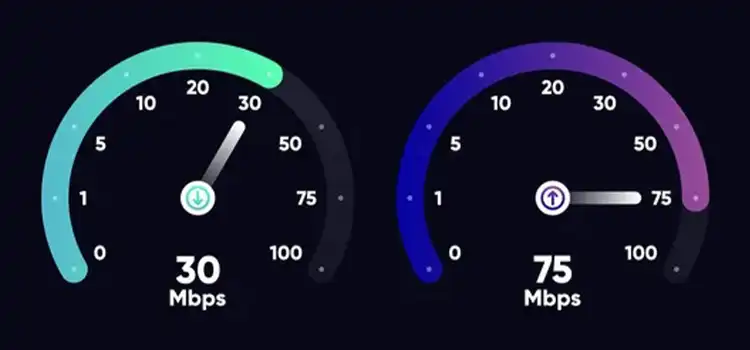how to create a profitable b2C online marketplace?
Creating a successful business-to-consumer (B2C) online marketplace requires a combination of thoughtful planning, market research, and the right development approach. In this article, we will reveal the essential steps and problems to consider when building a B2C platform tailored for the United States region.

B2C Marketplace: Peculiarities
A B2C marketplace is an online platform that connects sellers with buyers, enabling direct transactions between them. Some well-known examples include Amazon, eBay, and Etsy. These platforms have seen tremendous growth in recent years, with eMarketer projecting that global B2C e-commerce sales will reach $4.921 trillion by 2021.
When creating a B2C marketplace, it’s crucial to understand the unique aspects of this business model, such as the need for a diverse product range, multiple payment options, a reliable rating and review system, and robust customer support.
Steps to Complete if You Decide to Build a B2C Platform
5 steps to create a profitable B2C online marketplace –
1. Conduct Comprehensive Market Research and Define Your Niche
Thorough market research is essential for understanding the competitive landscape, identifying potential opportunities, and selecting the most suitable niche for your B2C platform. Start by analyzing the existing B2C marketplaces in the United States, identifying the strengths and weaknesses of your competitors, and assessing the market demands and trends. Consider factors such as demographic data, consumer preferences, and market gaps that your platform can fill.
Defining a niche allows you to focus on a specific target audience, making it easier to customize your platform to meet their unique needs. By offering a specialized product or service range, you can differentiate yourself from competitors and create a loyal customer base.
2. Choose the Right Development Approach and Assemble a Development Team
Selecting the appropriate development approach for your B2C marketplace is crucial. While using a template may seem cost-effective, it often lacks the flexibility and scalability necessary for a successful B2C platform. Custom development, on the other hand, provides you with the opportunity to create a unique platform tailored to your target audience’s specific needs and preferences.
Once you’ve chosen your development approach, assemble a skilled development team with experience in building B2C platforms. This team should include frontend and backend developers, UI/UX designers, project managers, and quality assurance specialists. Ensure that your team understands your platform’s goals, target audience, and unique features, and establish clear communication channels to facilitate collaboration and project management.
By following these steps and addressing potential challenges early in the development process, you can create a B2C platform that meets the needs of both sellers and buyers, ensuring long-term success in the competitive online marketplace.
3. Develop a Strategy to Attract Both Sellers and Buyers
To ensure the success of your B2C platform, you must attract and retain both sellers and buyers. Develop a marketing strategy that highlights the benefits of joining your platform for sellers, such as increased market exposure, access to analytics tools, and a user-friendly interface for managing their products and orders.
For buyers, focus on providing an enjoyable and convenient shopping experience. Offer a diverse product range, competitive pricing, and personalized recommendations based on browsing history and preferences. Prioritize platform usability and navigation to make it easy for customers to find what they’re looking for.
4. Validate Your Idea with an MVP and Gather Feedback
An MVP (Minimum Viable Product) is a simplified version of your B2C platform that includes only the essential features needed to address your target audience’s core needs. By launching an MVP, you can gather valuable feedback from early adopters, identify any issues or bottlenecks, and refine your platform before investing in full-scale development.
Use the feedback from your MVP to make data-driven decisions about additional features, improvements, and marketing strategies, ensuring that your B2C platform remains relevant and competitive in the marketplace.
5. Define the Core Functionality and Additional Features
Selecting the right features for your B2C platform is critical to its success. Begin by defining the core functionalities that address the primary needs of your target audience. Some essential features to consider include:
- Advanced search and filtering options
- Secure payment gateways
- Comprehensive product listings and descriptions
- Customer reviews and ratings
- Multi-language support
- Order management and tracking
- Robust customer support system
In addition to the core functionalities, identify and incorporate additional features that enhance the user experience, such as personalized recommendations, loyalty programs, and social media integrations. These features can help improve customer retention and encourage repeat purchases.
Conclusion
Creating a profitable B2C online marketplace in the United States requires a strategic approach that includes thorough market research, defining your niche, attracting both sellers and buyers, and selecting the right development method. By following these steps and addressing potential problems early on, you can increase your chances of success and pave the way for a thriving B2C platform.
Subscribe to our newsletter
& plug into
the world of technology





